Verfügbare Überwachungsstufen für dieses Produkt
Unsere UV-C-Anlagen bieten verschiedene Überwachungsstufen, die auf jede individuelle Anforderung abgestimmt sind.
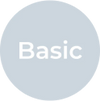
Ohne Überwachungsstufe
- Manuelle Inspektion erforderlich
- Unabhängig von Technik nutzbar
ab 29,279.00 kr
Ausgewählt
Mit Lebensdauer-überwachung
- Automatische Laufzeitmessung der UV-C-Lampe
- LED-Anzeigen für Status und Voralarme (Grün/Gelb/Rot)
- Einfache Bedienung ohne manuelles Zählen
ab 31,719.00 kr
Zum ProduktTechnische Daten
Hier findest du alle technischen Spezifikationen.
| Hersteller | PURION GmbH |
| Anschluss | Adapter for: Adhesive socket D50; Hose nozzle D40/32 |
| Reaktor | Stainless steel 1.4571 |
| Anlagentyp | PURION Pool 40 stainless steel |
| Gewicht | 34 kg |
| Wassertemperatur | 2 °C to 40 °C |
| Elektrischer Anschluss | 110 - 240 V, 50 - 60 Hz |
| Strahlernutzungsdauer | 10,000 h |
| Leistung | 48 W |
| Absicherung | 10 A |
| Material Filtertank | Polyethylene |
| Filtermedium | AFM active |
| Menge Spezialquartz | 35 kg |
| Leistung Pumpe | 0.43 kW |
| Maximaler Betriebsdruck | 2 bar |
| Anzahl der Strahler | 1 |
| Dimensionen (L x B x H in mm) | 770 x 530 x 940 |
Downloads
Technische Dokumente zum Herunterladen
Lieferumfang
Was im Lieferumfang enthalten ist
Häufig gestellte Fragen
Hier findest du Antworten auf die häufigsten Fragen zu unserem Produkt.
Passendes Zubehör für PURION Pool 40 Stainless Steel Basic
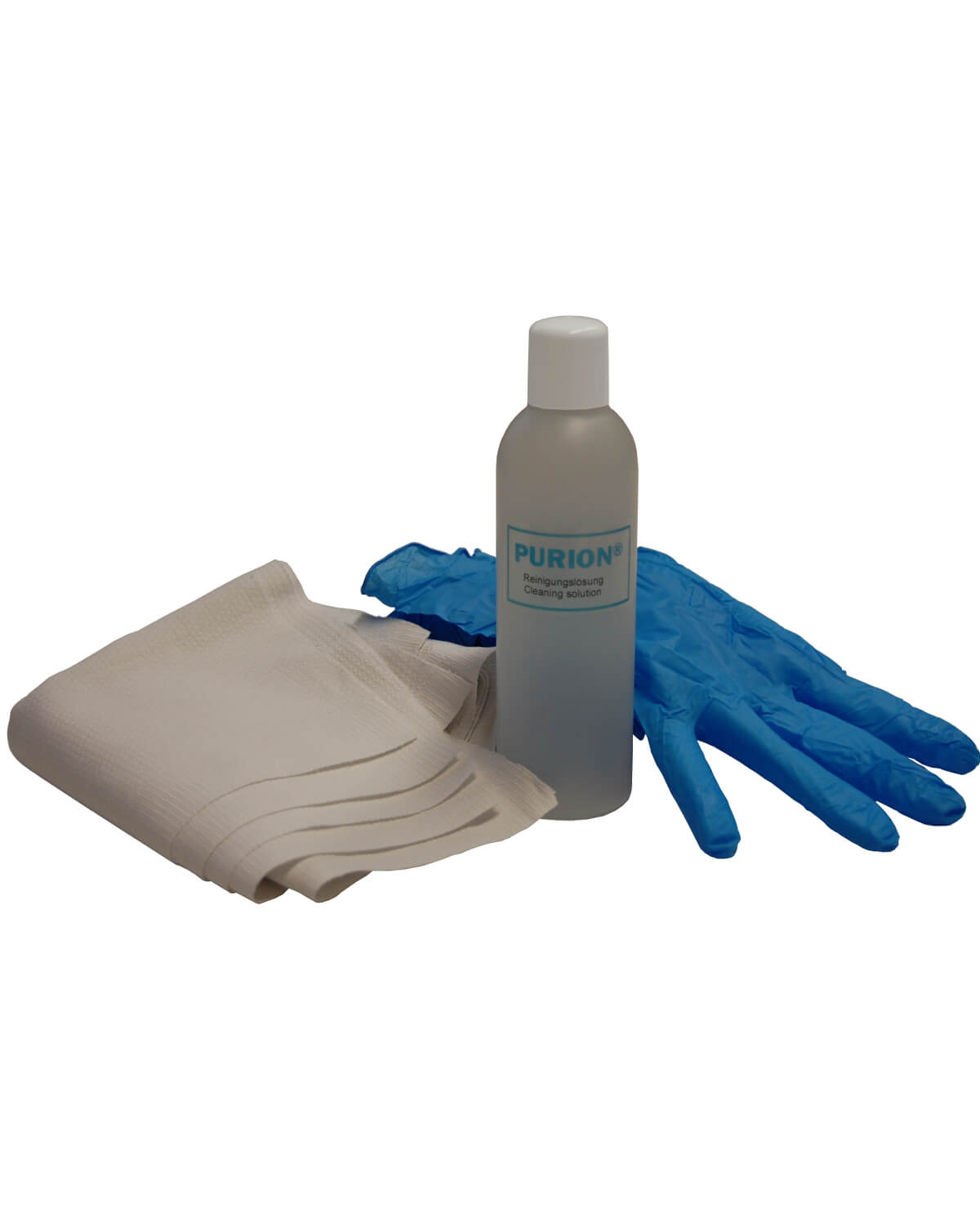
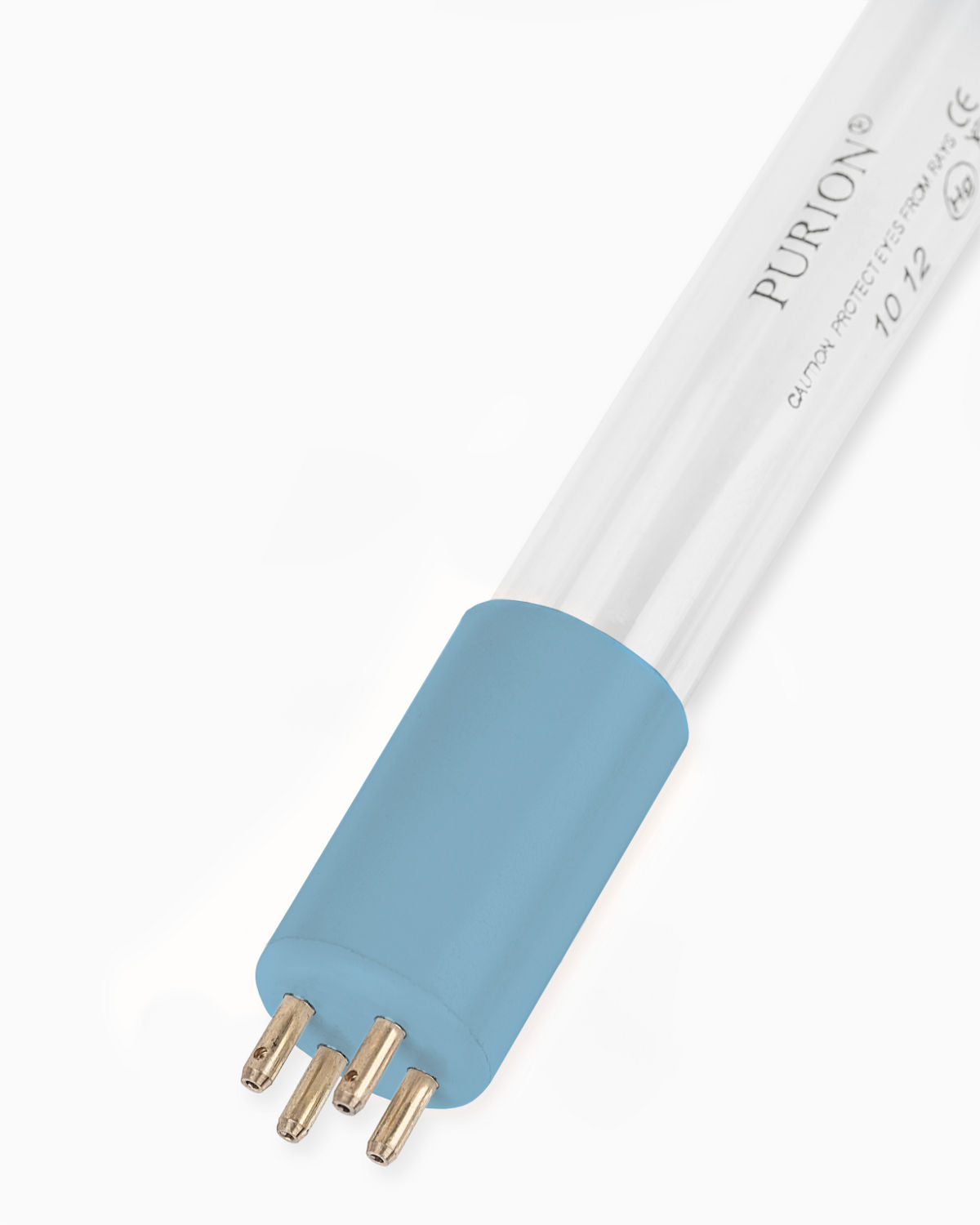
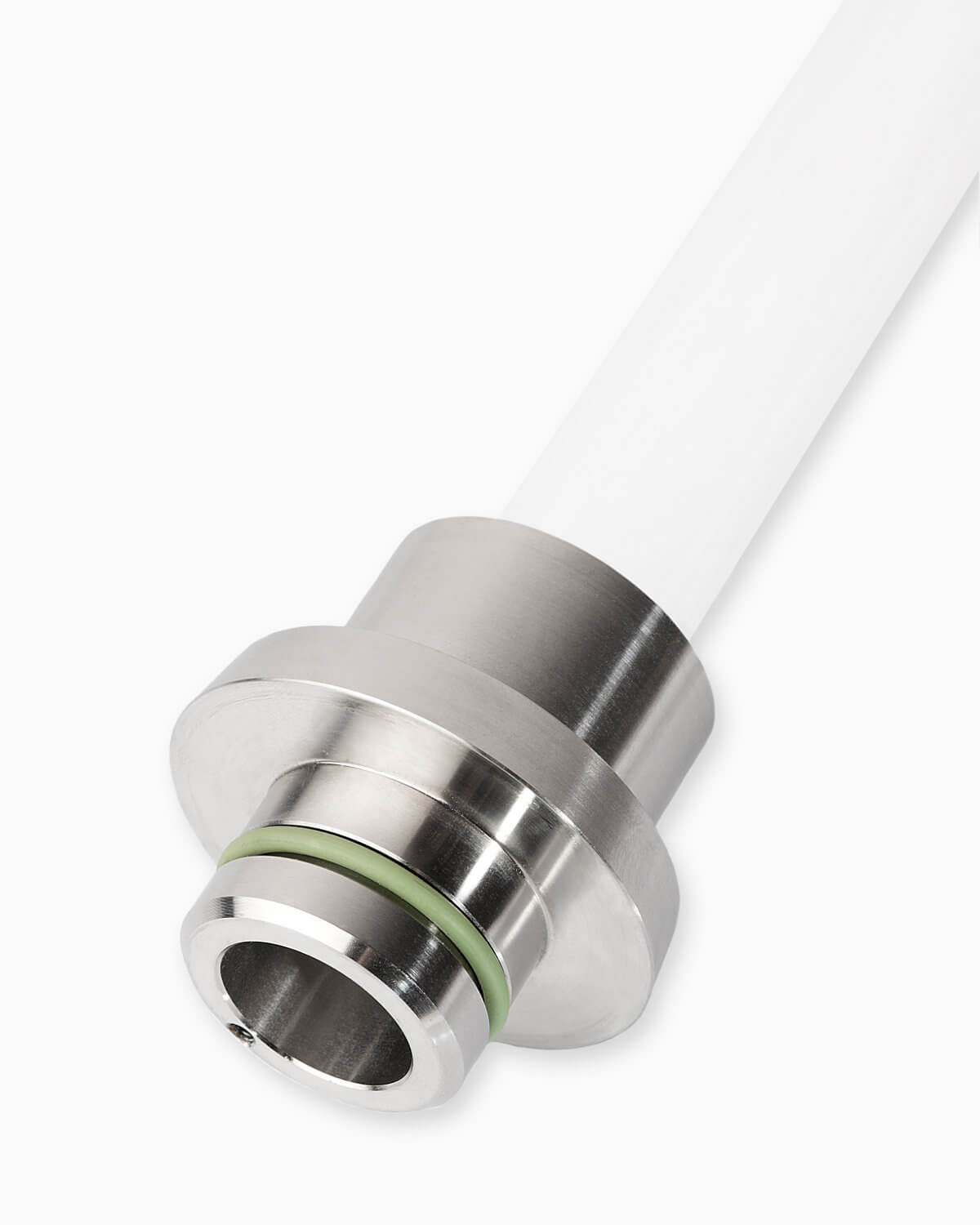
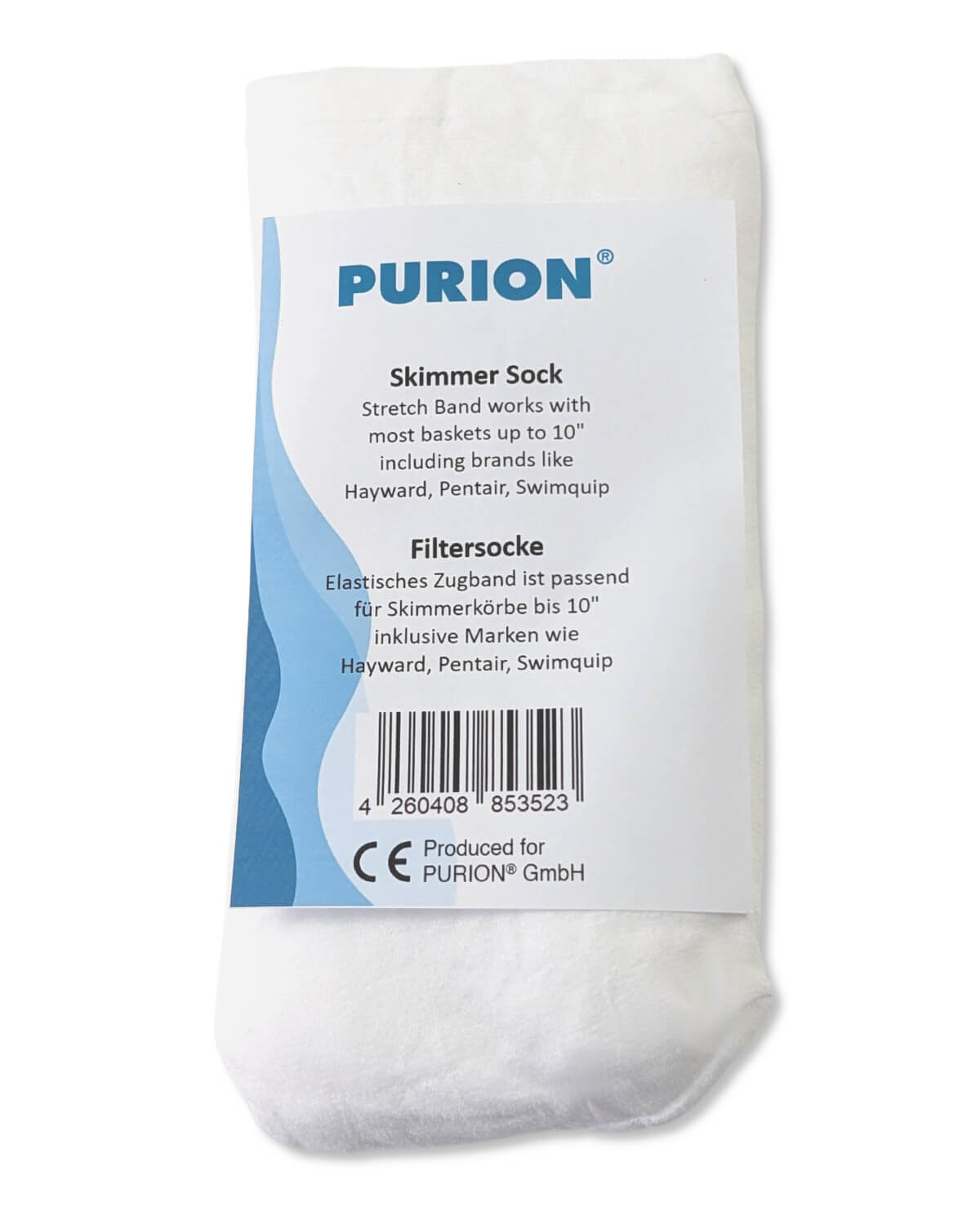
Passende Beiträge zum Produkt

The 4 golden rules for effective UVC disinfection in the pool
For clean pool water with minimal chemical use, UVC disinfection requires optimal conditions. With good circulation, regular cleaning, efficient hydraulics, and a well-maintained filtration system, the water remains hygienically clear in the long term.
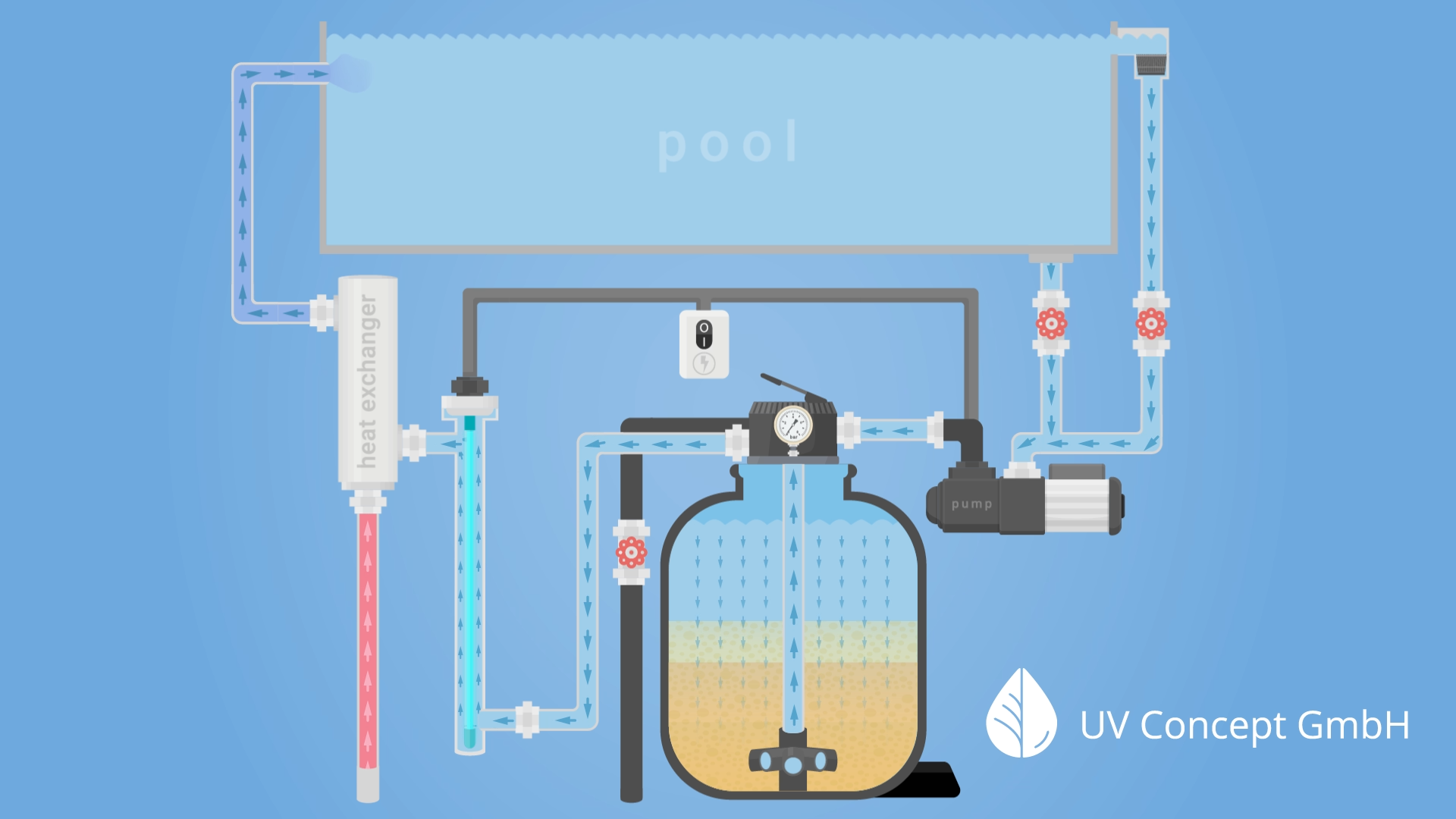
UV system for pools: Simple and effective
Zuletzt angesehen
Alles Wichtige zu Versand & Kauf
Benötigst du Hilfe? Wir sind für dich da!
 Telefon: +49 3641 327 9697
Telefon: +49 3641 327 9697
 Offizieller Purion Händler
Offizieller Purion Händler
 Europaweite Lieferung
Europaweite Lieferung

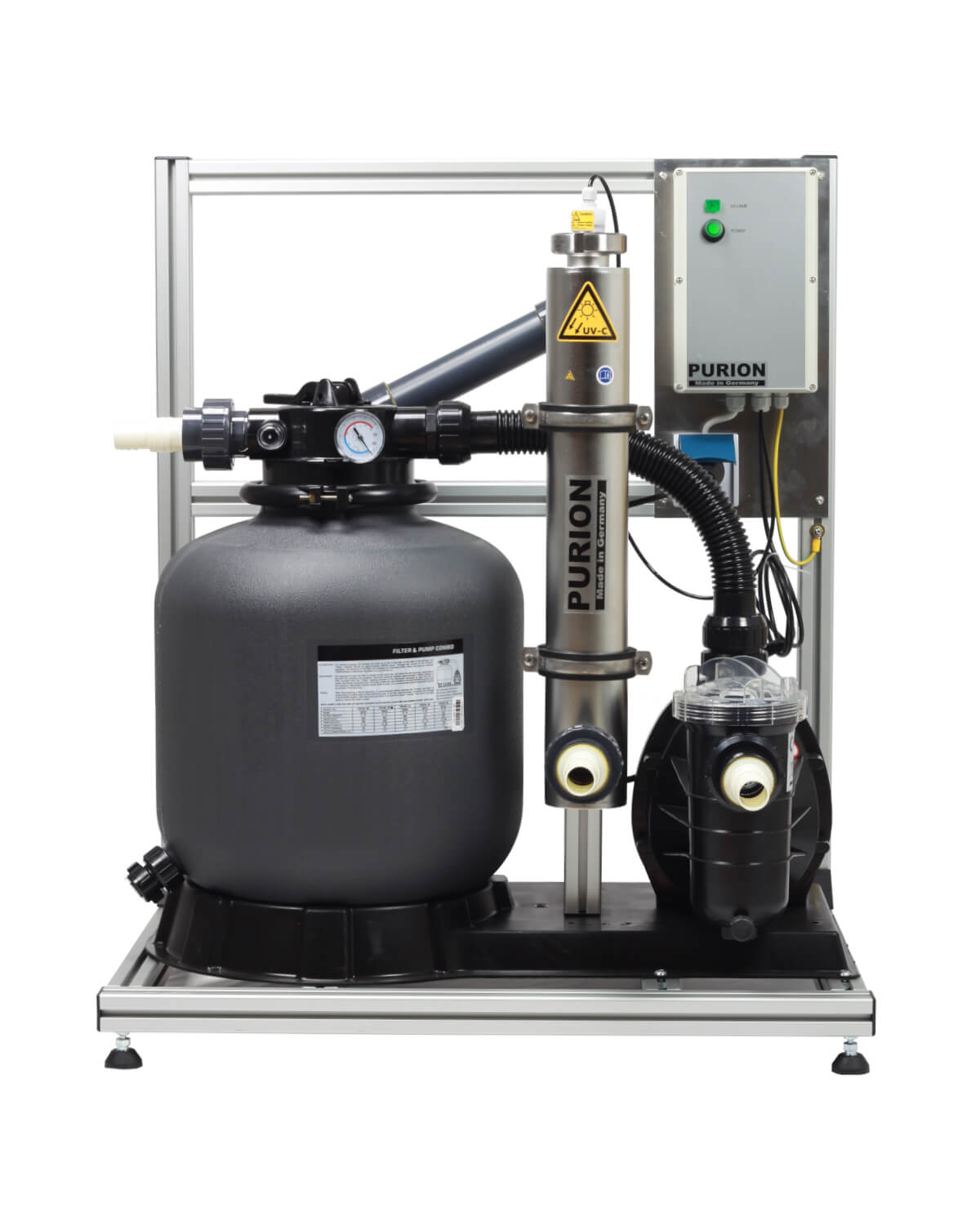
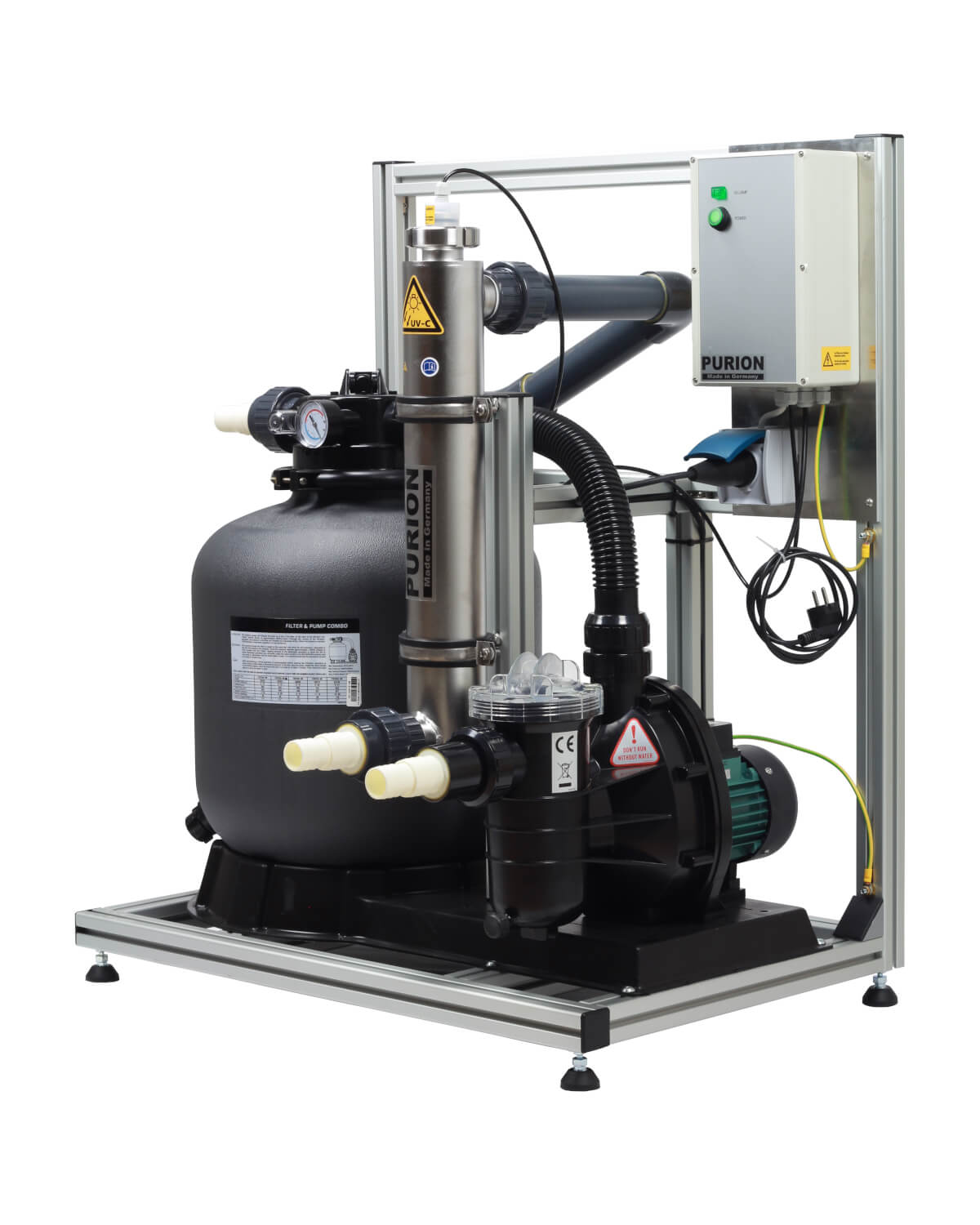
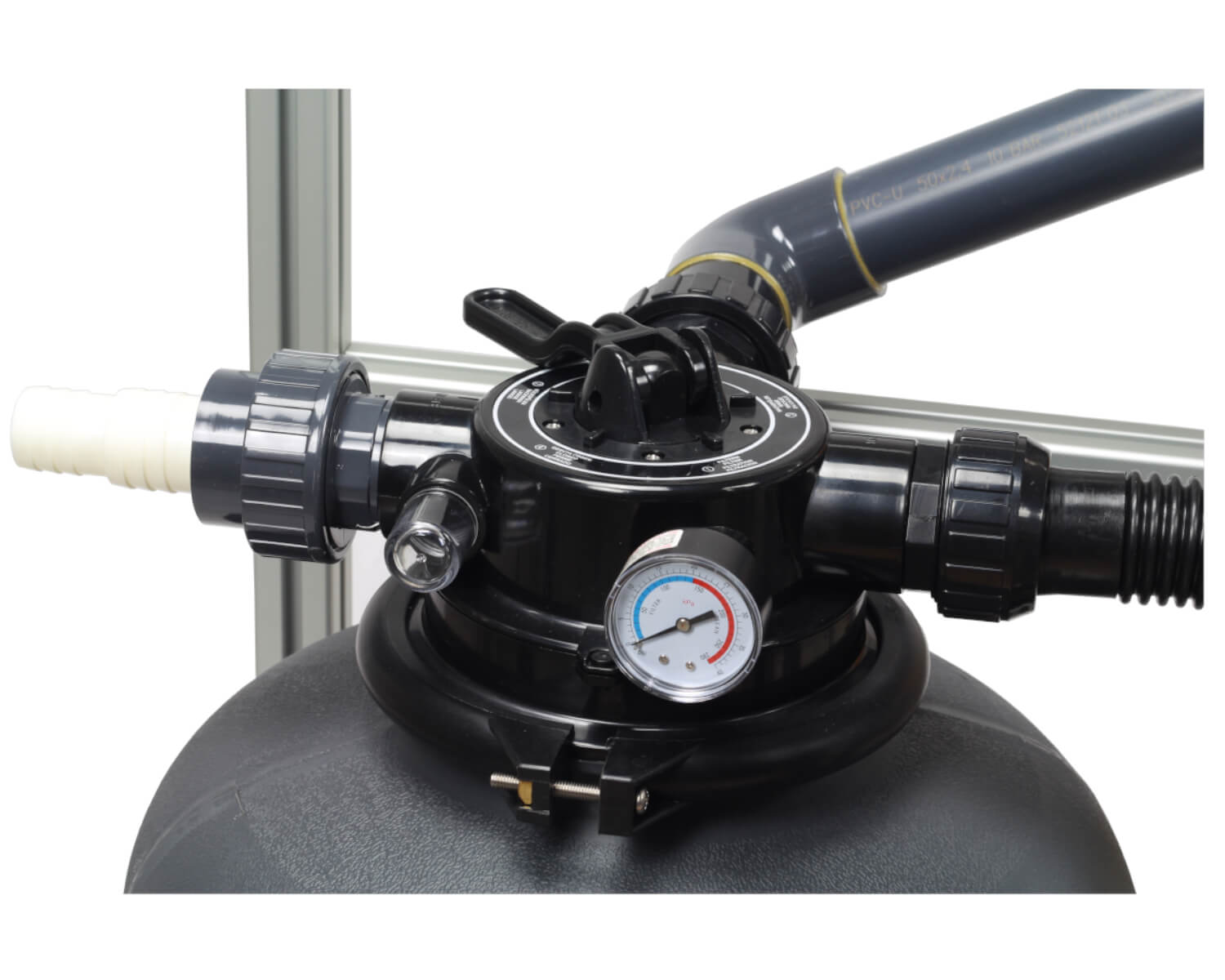
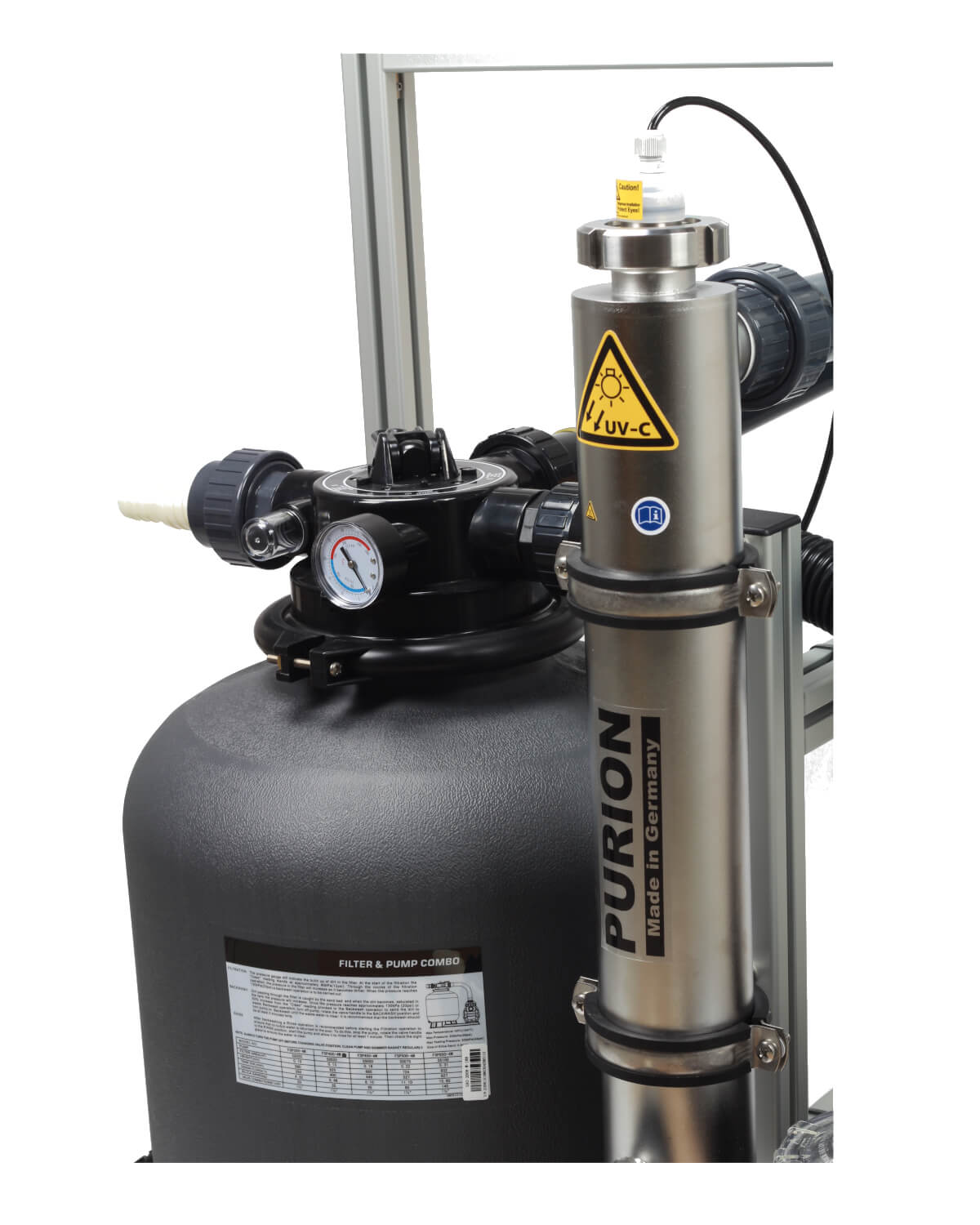
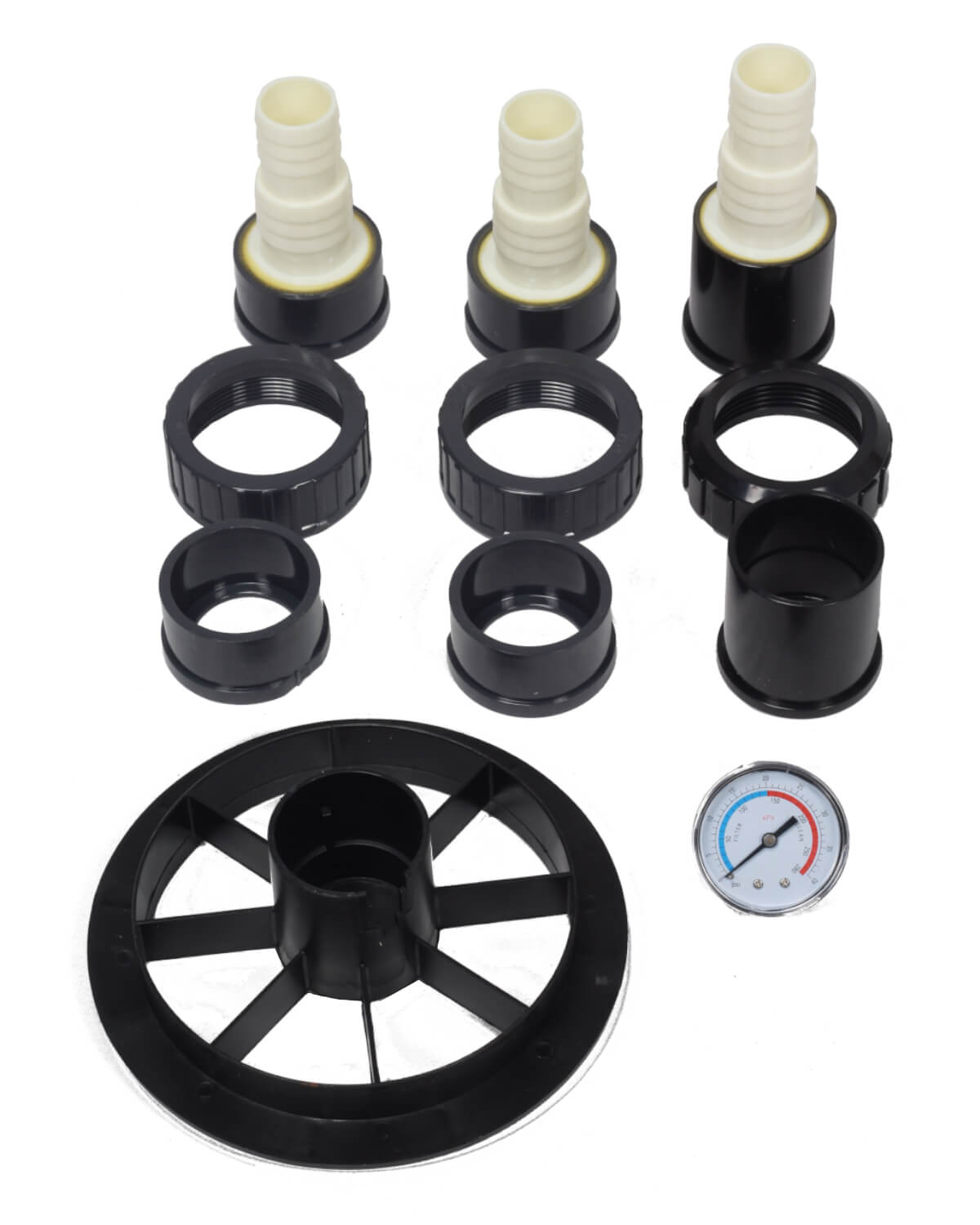
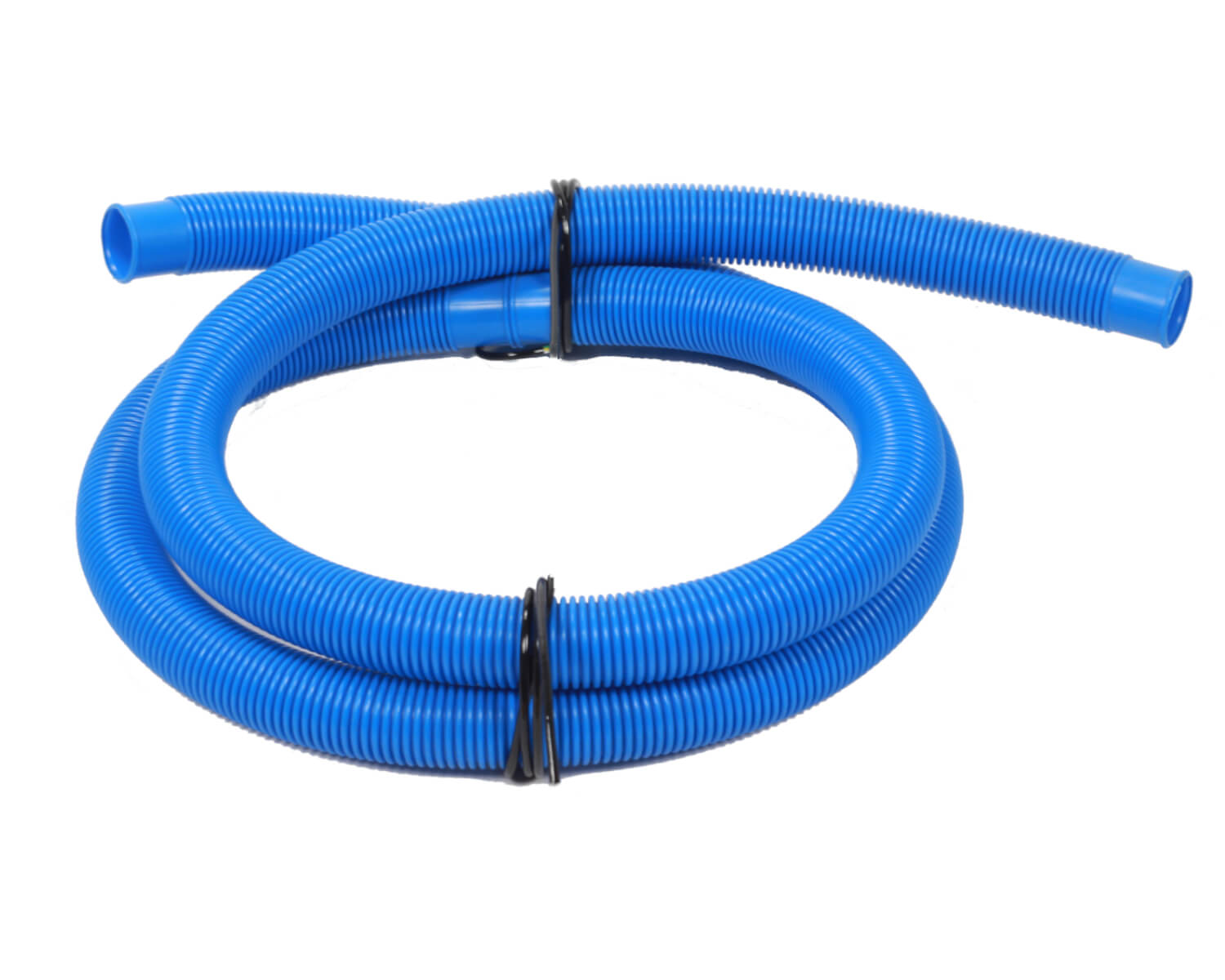
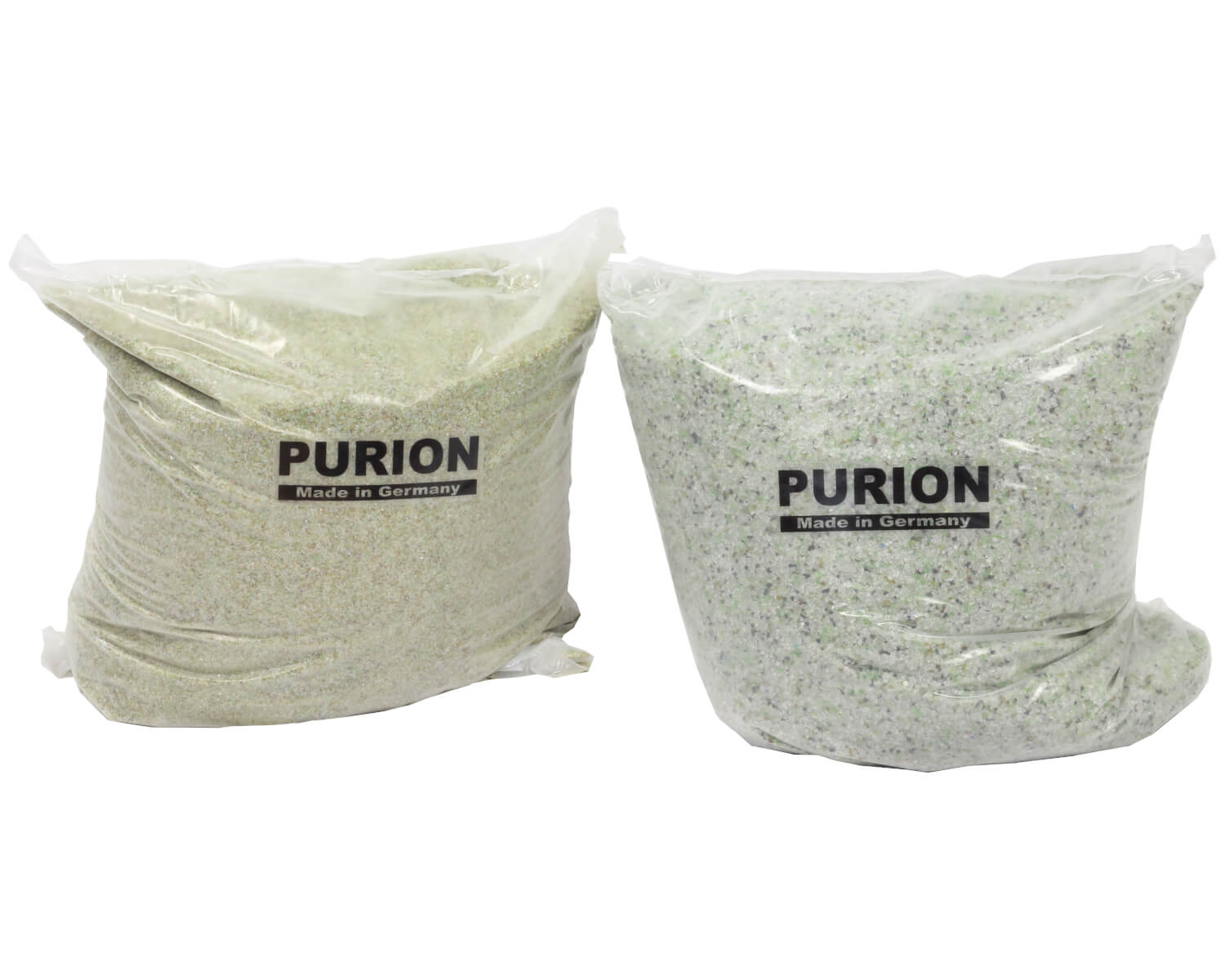
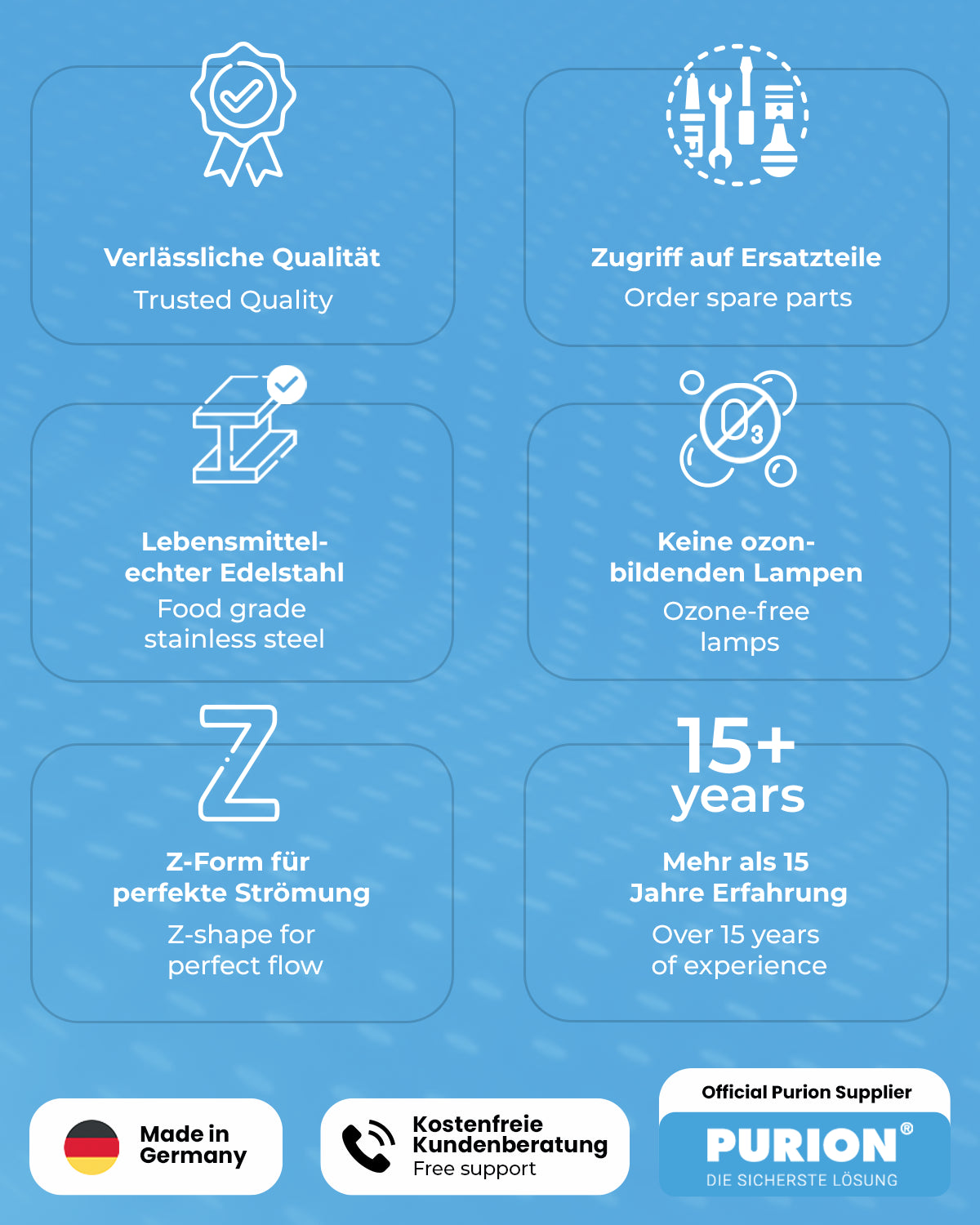

 Datenblatt herunterladen
Datenblatt herunterladen
